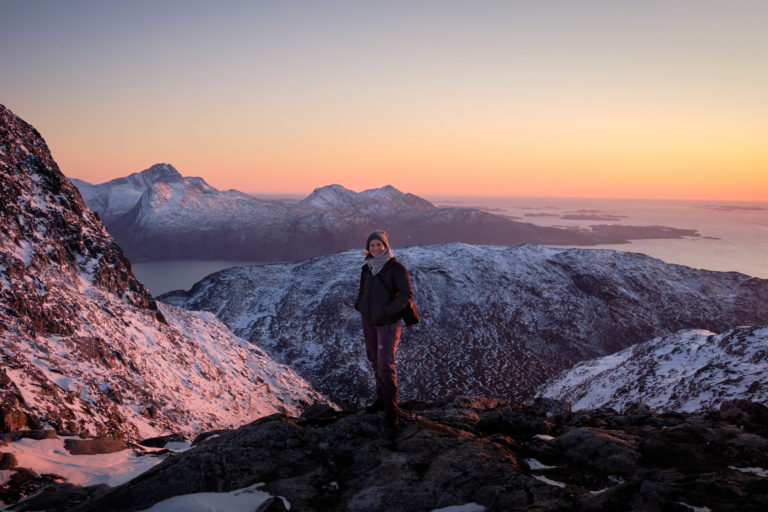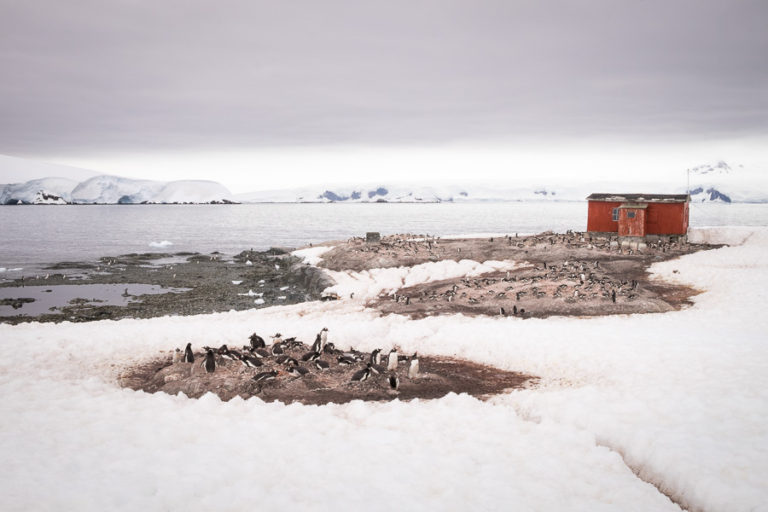Exploring Esfahan – Part 1 – Iran
The first few days in Iran were spent driving and then hanging out in Masuleh. After all the time and expense to finally get to Iran, none of us had any clue why we spent so long in Masuleh – after all, there was nothing to do there except relax and enjoy the slightly cooler climate. Frustration levels were quite high (including mine for the first time on the trip) so we insisted that we leave early in the morning to get to Esfahan / Isfahan ASAP.
Arrived at 1pm and crumpled in the heat. But we all headed out with Mr Ali (our Iranian guide) for a quick tour of the highlights of Esfahan around 2:30pm. We walked down to the Naqsh-e Jahan Square – the second biggest public square in the world behind Tiananmen Square – and the key attraction in Esfahan. It was as if the zombie apocalypse had happened for the second time this trip as there was absolutely nobody around – though it is entirely possible that was due to the fact it was 40 degrees rather than any Hollywood storyline!
The Square is very, very large – 560m long and 160m wide – and was historically used for Polo matches (you can still see the stumps of goalposts at either end). It is completely enclosed by 2 stories of arched edifices, though interestingly, only the first story is used (these days for souvenir shops). The second story has only ever been for show and was built to balance out proportions with the Palace and the two Mosques that are key features of the Square (more on these in a moment).

The first stop on Mr Ali’s tour was the Ali Qapu Palace, and for 200,000 Rials I almost decided to sit it out. Yes, I know that is only USD$6, but I don’t normally visit palaces as I find them too ostentatious and I’m not particularly interested in how rich people lived. However, in this case, I’m sooooo glad I went in! This place was amazing!
From the moment you enter, you are greeted with beautiful, intricate designs. From the ceiling in the entranceway
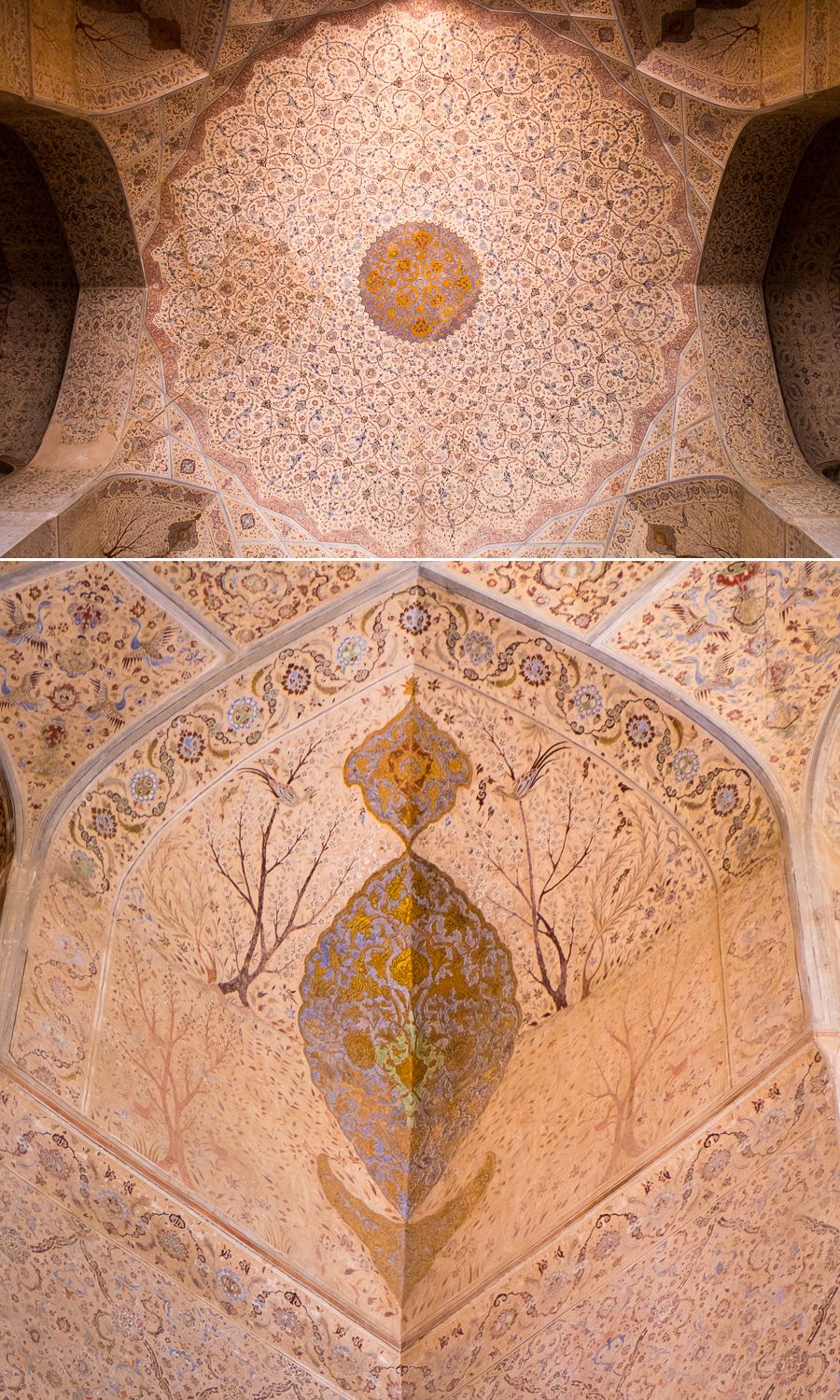
To tiles and more simple patterns leading to the upper levels

To the ceiling of the balcony overlooking the square.

This balcony … it even had a copper pool in it!
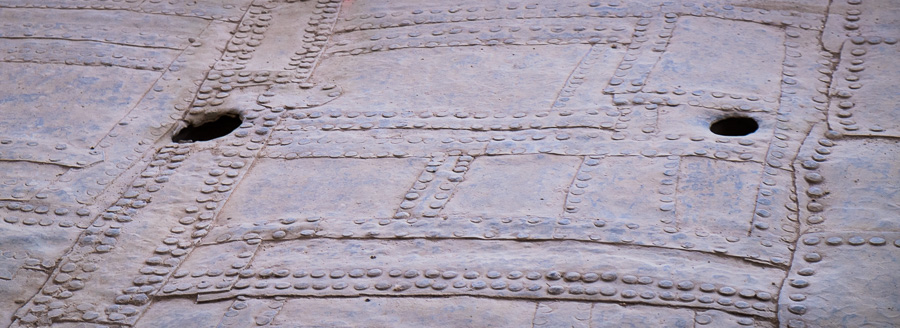
The final two levels of the palace (it was a tall building for the time) were no less impressive. Again, the intricacy of the designs and how finely crafted they were, was absolutely awe-inspiring.

And I had never before seen the art of Tong Borie – a kind of plaster adornment to create hollows.
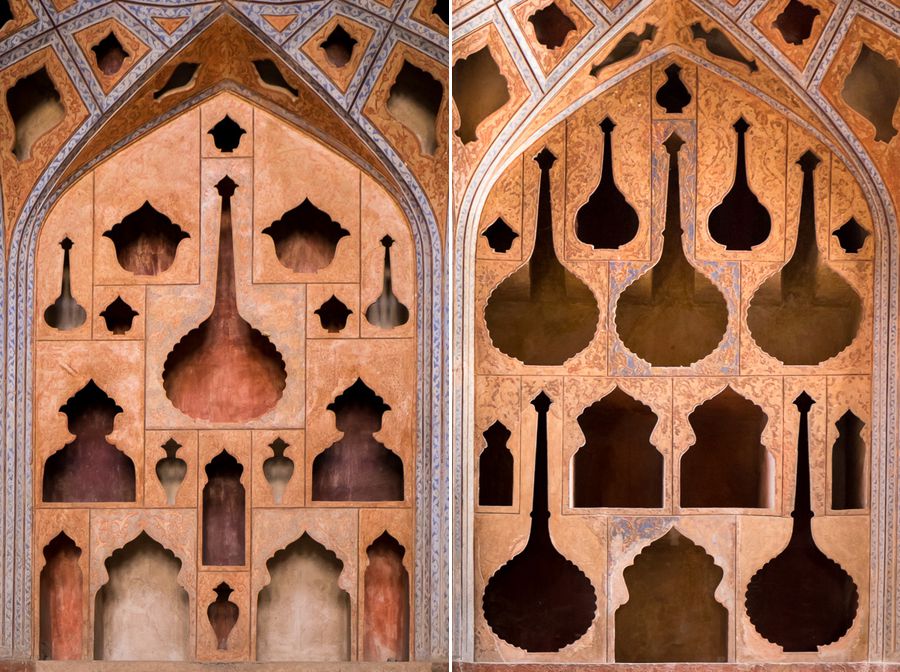
There are at least 3 different explanations as to the purpose of the Tong Borie on the 6th floor of Ali Qapu Palace:
- purely decoration
- as places to put dishes
- acoustic features to distribute the sound of performances that were often held on this level
Whatever the reason, they are fascinating features and absolutely beautiful.
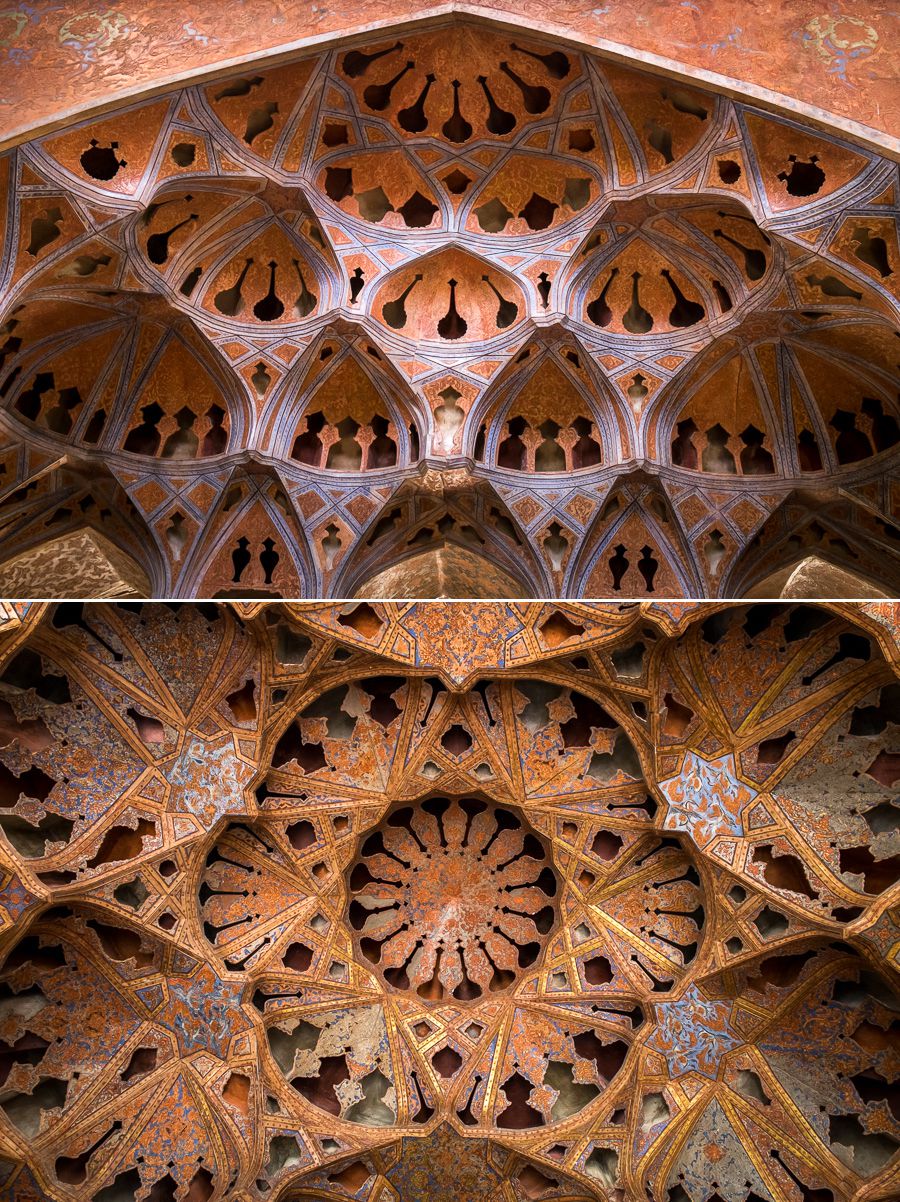
From the palace, we headed across the square to the Sheikh Lotfollah Mosque – which was completed in 1602 AD and used by the royalty of Esfahan.

One of the interesting things about this mosque is that because it is built to face the Square, it is not oriented correctly to face Mecca. Therefore, once you pass the threshold, you are reoriented via a corridor at 45 degrees to ensure you are positioned correctly to pray. The same is true for the other mosque in the Square, the Shah Mosque.

Inside the prayer hall, the underside of the dome and the whole room is intricated decorated.
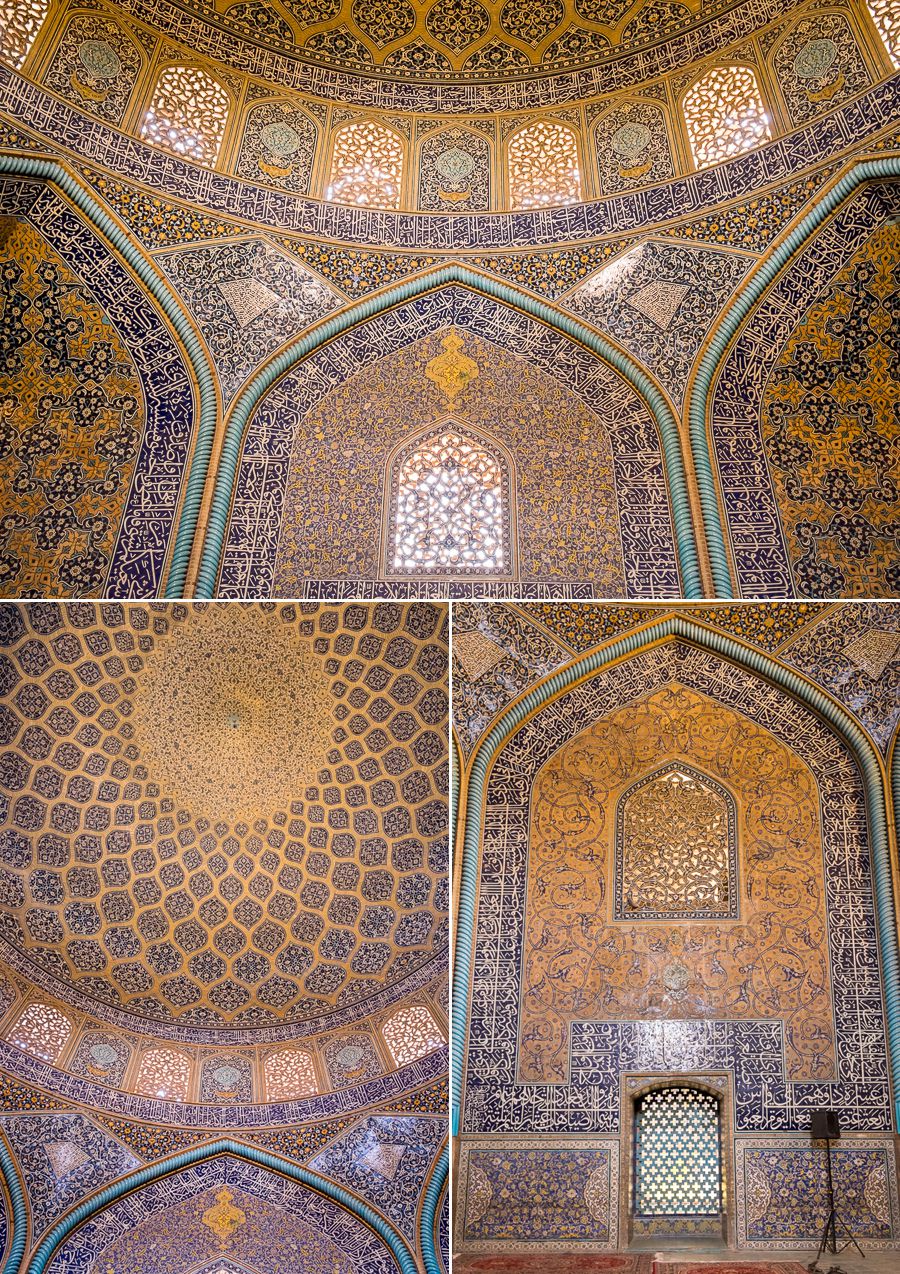
And in the very centre of the dome there is a peacock (as you do) that has a “tail” that is formed from the reflection of sunlight off the tiles.

It is the most amazing place to just lie down on the carpets and relax. We stayed there for half an hour, I could have easily spent 2 or 3 hours! And there were a few people snoring quietly…

As we were leaving, Mr Ali took us into a different area of the mosque. The part we had just seen was the “Winter Mosque”, but underneath – for the height of summer – was the “Summer Mosque”.

Yes, it really does look like a tiled bathroom, but it was significantly cooler – so completely understandable!
Unfortunately, we didn’t get to visit the Shah Mosque as it had closed early for Ramadan. It was also closed the next day when I tried to return, though it looked to be very reminiscent of what I saw in Uzbekistan, and much of the exterior was under scaffolding for restoration.

To finish off the day, the “young’uns” and I took a nice stroll in the relative coolness of evening to see the numerous bridges that cross the River Zayendeh (apparently a “must do” for Esfahan). The one below is the 175m long Marnan bridge, which dates from the Safavid period.

Unfortunately, the Iranians had stopped the flow of the river a few days before we arrived, so it was more like a pungent swamp than a beautiful body of water, but it just goes to show that everything looks better when it is lit up at night. The below is the Allahverdi Khan Bridge (more popularly known as Si-o-se-pol Bridge), which was built between 1599 and 1602, is the longest bridge on the Zayanderud River at 298m, and one of the most famous examples of Safavid bridge design.

